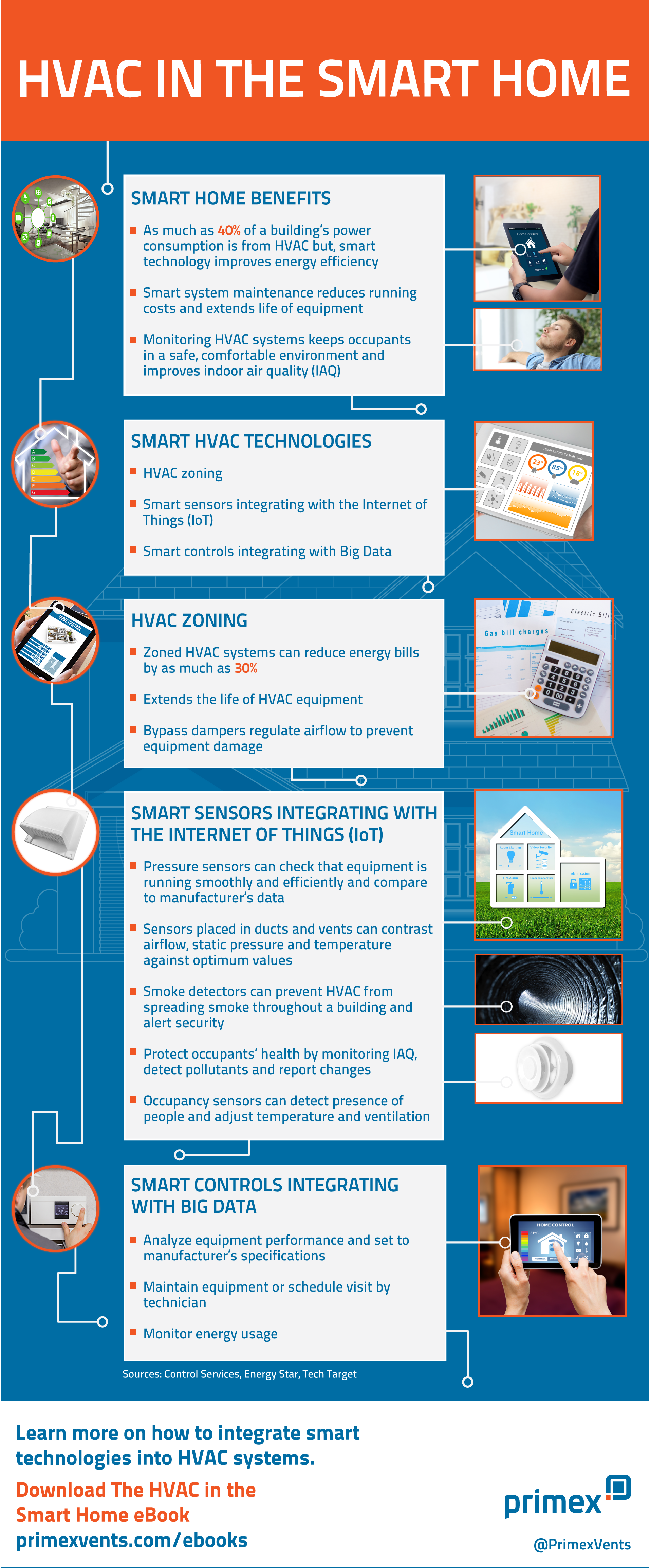The Ultimate Guide To Understanding Warm Pumps - How Do They Function?
The Ultimate Guide To Understanding Warm Pumps - How Do They Function?
Blog Article
Web Content Created By-Steenberg Dickson
The most effective heatpump can conserve you considerable quantities of cash on energy expenses. They can likewise help reduce greenhouse gas emissions, especially if you use electricity instead of fossil fuels like lp and heating oil or electric-resistance heating systems.
Heatpump function very much the same as a/c unit do. This makes them a feasible alternative to traditional electric home heating systems.
Exactly how They Function
Heatpump cool homes in the summer and, with a little help from electricity or gas, they offer several of your home's home heating in the winter season. They're a great choice for individuals that wish to lower their use of nonrenewable fuel sources however aren't prepared to replace their existing furnace and a/c system.
They rely upon the physical truth that even in air that appears also cold, there's still energy existing: warm air is always relocating, and it intends to move right into cooler, lower-pressure settings like your home.
A lot of ENERGY STAR accredited heatpump operate at close to their heating or cooling ability throughout most of the year, decreasing on/off biking and conserving energy. For the best performance, concentrate on systems with a high SEER and HSPF ranking.
The Compressor
The heart of the heatpump is the compressor, which is also known as an air compressor. This mechanical flowing tool makes use of prospective energy from power development to enhance the stress of a gas by lowering its quantity. It is different from a pump in that it only deals with gases and can not deal with liquids, as pumps do.
simply click the following post enters the compressor with an inlet valve. It circumnavigates vane-mounted arms with self-adjusting size that split the inside of the compressor, producing numerous cavities of varying size. The blades's spin pressures these cavities to move in and out of phase with each other, compressing the air.
The compressor attracts the low-temperature, high-pressure cooling agent vapor from the evaporator and compresses it right into the hot, pressurized state of a gas. This procedure is duplicated as required to provide heating or cooling as needed. The compressor additionally includes a desuperheater coil that reuses the waste warmth and includes superheat to the cooling agent, altering it from its liquid to vapor state.
The Evaporator
The evaporator in heat pumps does the very same thing as it carries out in fridges and air conditioning unit, transforming liquid refrigerant into a gaseous vapor that gets rid of heat from the space. Heat pump systems would not function without this vital piece of equipment.
This part of the system is located inside your home or structure in an interior air handler, which can be either a ducted or ductless unit. It has an evaporator coil and the compressor that presses the low-pressure vapor from the evaporator to high pressure gas.
Heat pumps take in ambient warmth from the air, and afterwards utilize electricity to move that warmth to a home or service in heating setting. That makes them a whole lot a lot more energy efficient than electrical heaters or heating systems, and due to the fact that they're utilizing tidy power from the grid (and not melting gas), they additionally generate far less discharges. That's why heat pumps are such great ecological choices. (Not to mention a big reason that they're coming to be so prominent.).
The Thermostat.
Read the Full Guide are fantastic choices for homes in cool environments, and you can utilize them in combination with standard duct-based systems and even go ductless. read review 're a wonderful different to nonrenewable fuel source furnace or conventional electrical furnaces, and they're a lot more lasting than oil, gas or nuclear HVAC devices.
Your thermostat is the most important part of your heat pump system, and it functions extremely in a different way than a conventional thermostat. All mechanical thermostats (all non-electronic ones) job by using compounds that change size with increasing temperature, like coiled bimetallic strips or the broadening wax in a cars and truck radiator shutoff.
https://www.army.mil/article/237374/how_to_help_your_air_conditioner_help_you_get_through_fort_bennings_steamy_summer consist of two different sorts of steel, and they're bolted with each other to form a bridge that finishes an electric circuit linked to your HVAC system. As the strip gets warmer, one side of the bridge broadens faster than the various other, which triggers it to flex and signal that the heater is required. When the heat pump is in home heating mode, the turning around valve reverses the circulation of cooling agent, so that the outside coil currently works as an evaporator and the interior cyndrical tube comes to be a condenser.